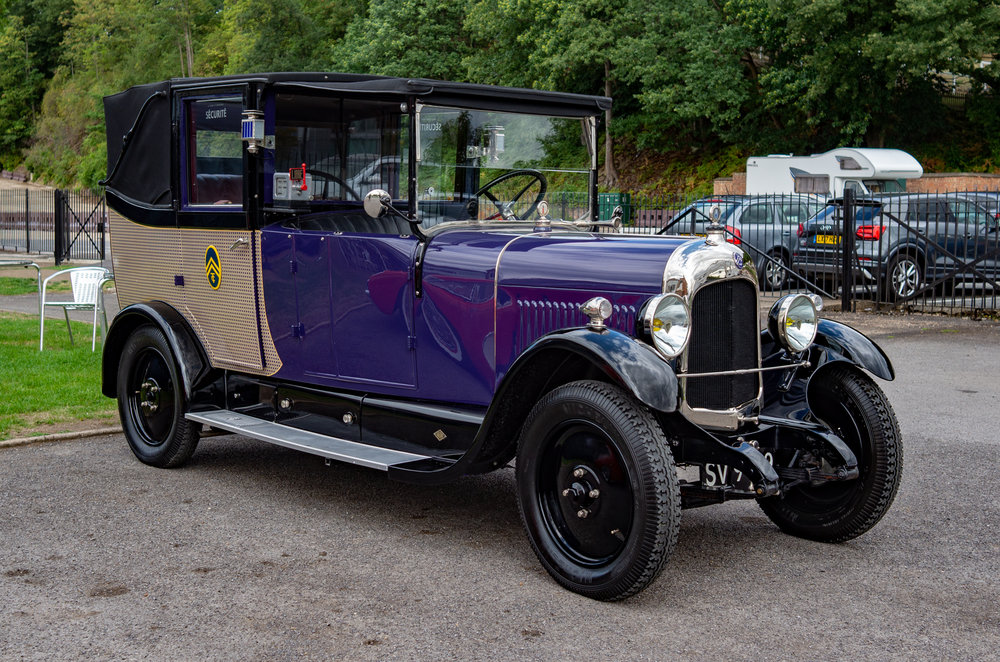
Readers know that I have a bit of a thing about Brooklands — that’s the museum at Weybridge in Surrey, not far from where I live. Brooklands claims, with full justification, to be the birthplace of British motorsport and aviation. It’s worth a visit on that basis alone, but the wonderful thing about this little enclave, sandwiched in a corner of the original 1907 banked racing circuit, is that it is forever changing. I live so near that I visit almost every week and seldom know quite what to expect. There is always something new and always someone interesting to talk to.
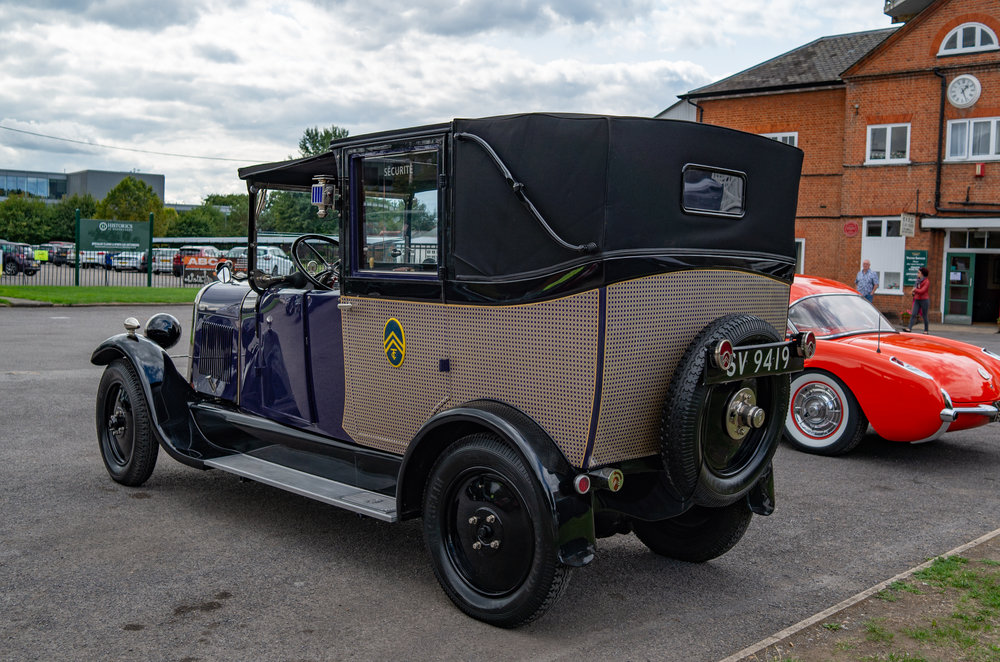
Two Saturdays ago I bumped into old friends with their pre-war Brough Superior motorcycles. And last weekend I found a magnificently restored Citroën Paris taxi sitting in all its glory on the tarmac in front of the historic clubhouse. I grabbed a few quick shots with a new camera that fell into my hands only the day before. I rather hoped to bump into the owner of the taxi, but he or she was nowhere to be seen. Clue: All will be revealed, so read on.
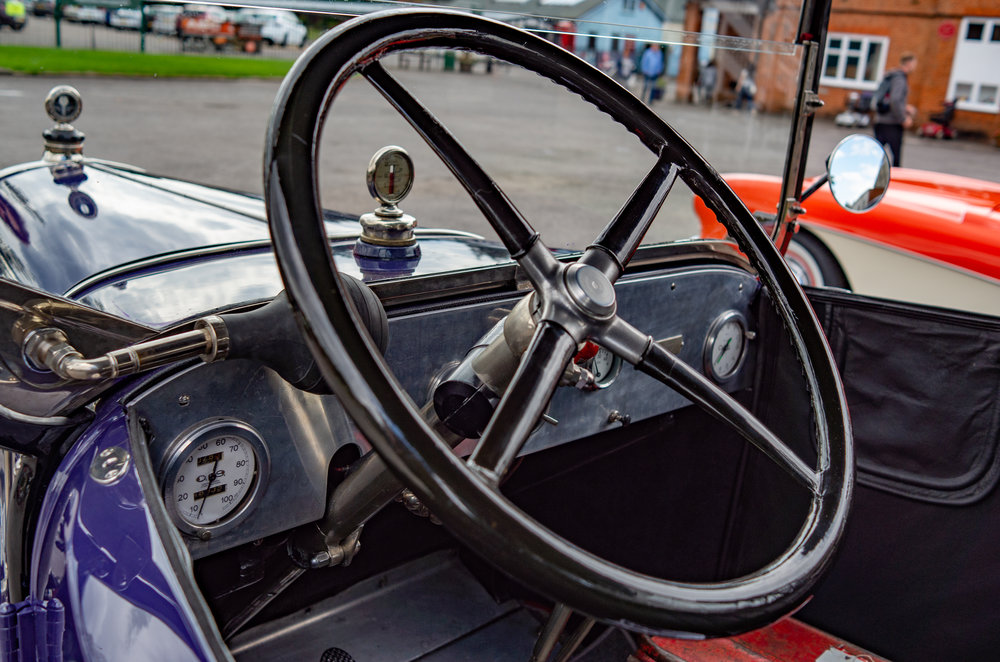
Mystery camera
So I fired away with the new camera. What is it? For months I’ve been pestering Ivor Cooper at Red Dot Cameras for a good example of the now classic Leica digital, the X2. I had concluded, judging by the absence of bites on the fishing line, that used X2s are about as rare as rocking horse manure.
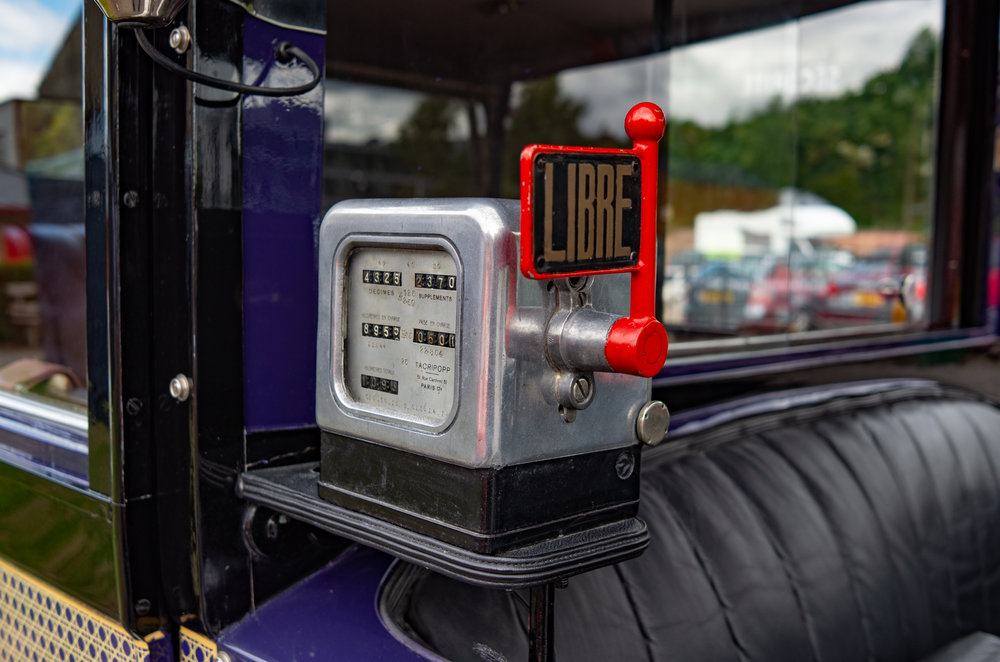
John Shingleton in Australia — known to all as Mr X1 for his love of the X2’s predecessor — has a theory that not many were sold, hence their rarity on the used market. I’m not so sure about that. The X2 sold quite well, as I understand, but I suspect the main problem is that owners are hanging on to them. John S is almost singlehandedly responsible for that, having regaled us with wonderful pictures from his X1 over several years.
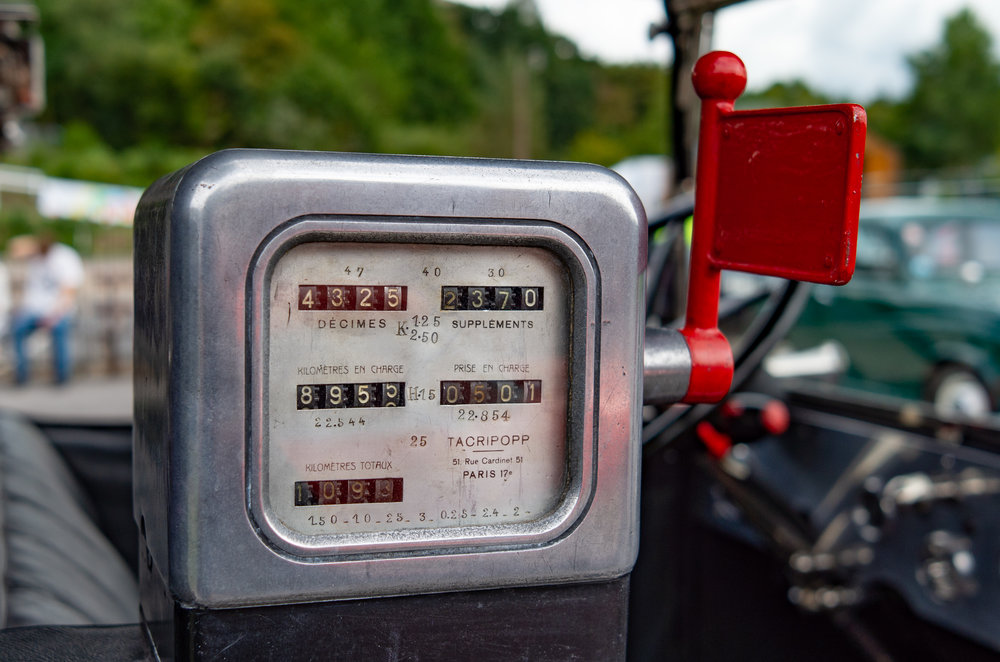
I had no hesitation in snapping up the classic snapper and Ivor threw in the de rigueur VF-2 electronic viewfinder to sweeten the deal. The EVF is the main reason for coveting an X2 over an X1. The others are the denser sensor, 16MP instead of 12MP, and a faster autofocus. The latter is now almost irrelevant because the X2 is slow by modern standards. When it was new in 2012 it did have a certain zest about it.
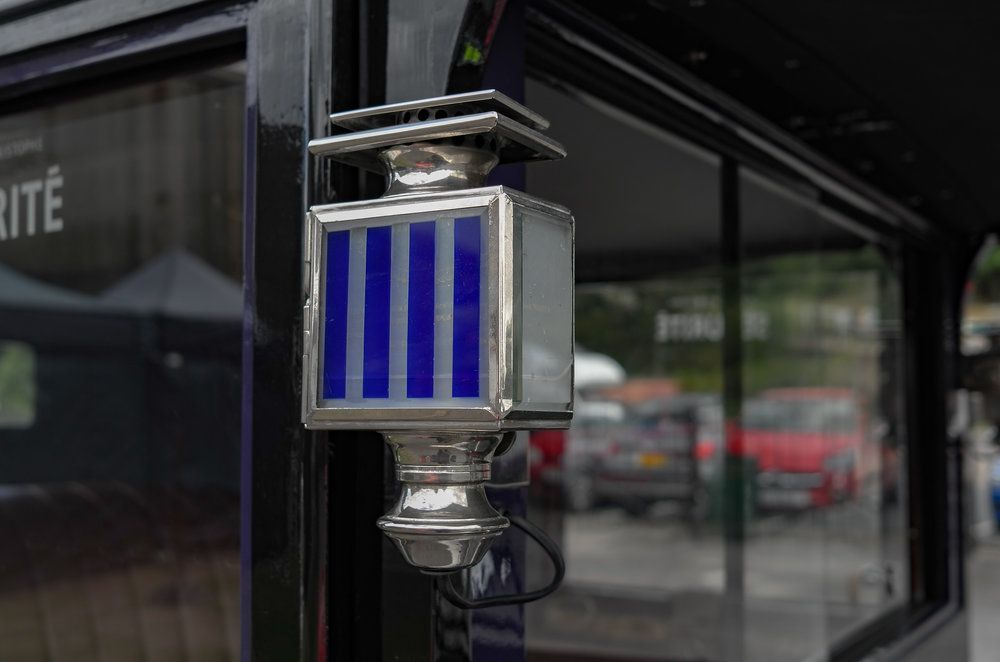
But I’m digressing again. I will come back to the X2 on another occasion. This is supposed to be all about the Citroën taxi. After taking my shots and enjoying a coffee in the Brooklands café, I emerged to find the Citroën missing. I needn’t have worried, however, because I soon found it sitting outside the clubhouse with owner Martin de Little ferreting around in the passenger compartment. This gave me an opportunity to introduce myself and hear a few details about this Concours-standard vehicle.
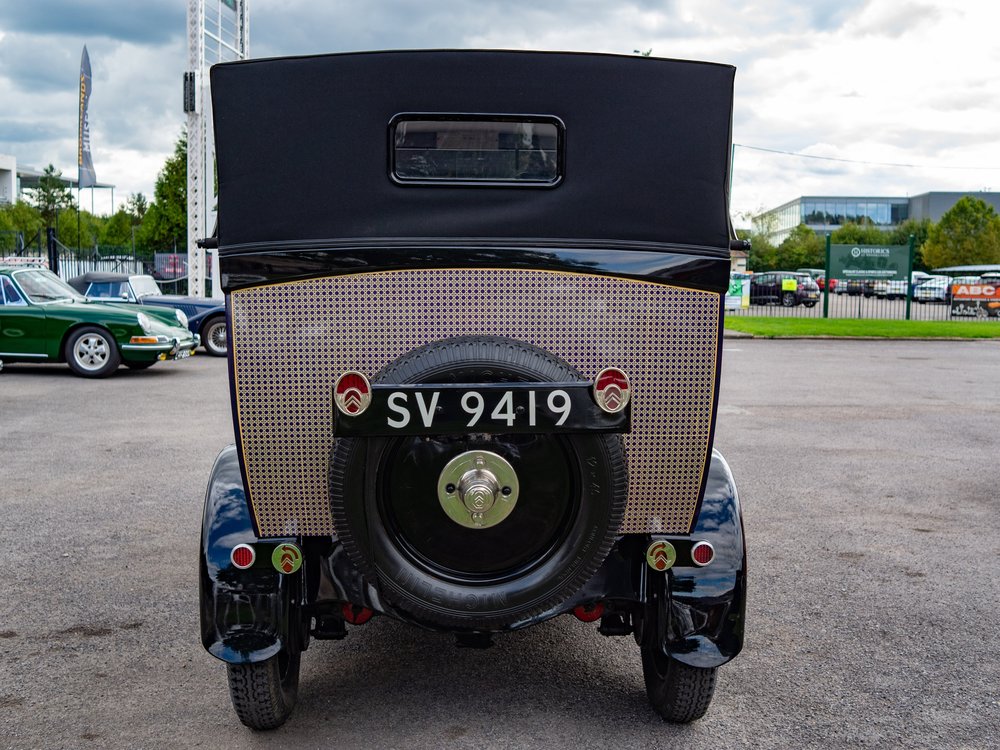
Moving a bit of tin
According to Martin, who also lives not far from Brooklands, city transport in Paris after the first world war was in a dire situation. In some cases, US Army trucks were pressed into service to serve as taxis. There was a need for new designs. Over at Automobiles Citroën in Saint-Ouen, Le Patron, André-Gustave Citroën, was keen to oblige and, as Martin puts it, to move a bit of tin.
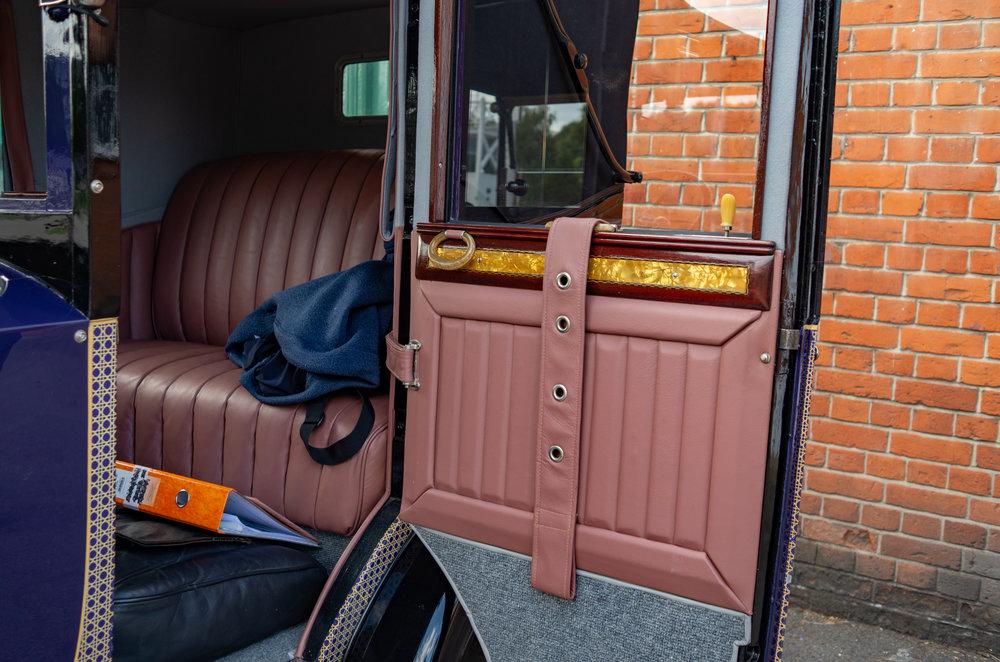
Le Patron came up with the idea of forming a taxi company within the organisation: Le Société des Taxis Ciroën. He then scouted around for a suitable vehicle from the range and hit on one of his most successful models, the Citroën B12, to form the basis of the design. The result, with a landaulette body, was the archetypal Paris taxi. This one is a 1926 example with a 1452cc side-valve engine and three-speed “crash” gearbox (as in no synchromesh, drivers need to master the art of double-declutching)
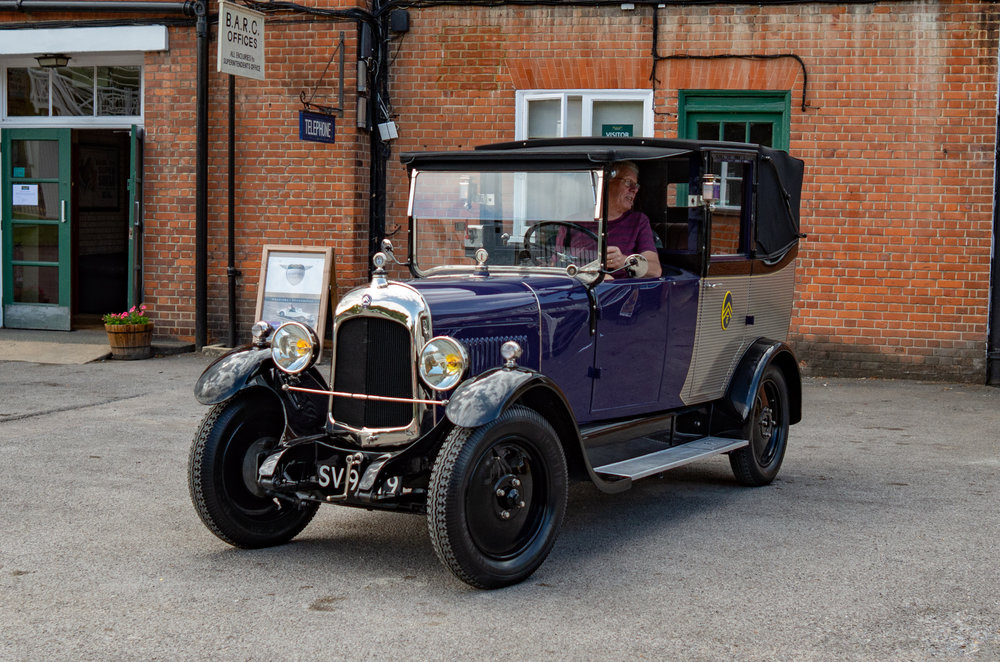
The Citroën turned out to be extremely successful on the streets of Paris until overtaken by more modern steel-roof designs. But the poor old B12 soon became seriously unloved. This particular example was rescued from a chicken shed outside Paris by the renowned restorer Maurice Bailey. Maurice, who died last year, was well-known in Citroën circles and his restorations were always to the highest standards. He had almost finished the B12 taxi and he acknowledged it as his masterpiece. Martin the bought the taxi and has brought it up to its present Concours standard, including new paintwork.
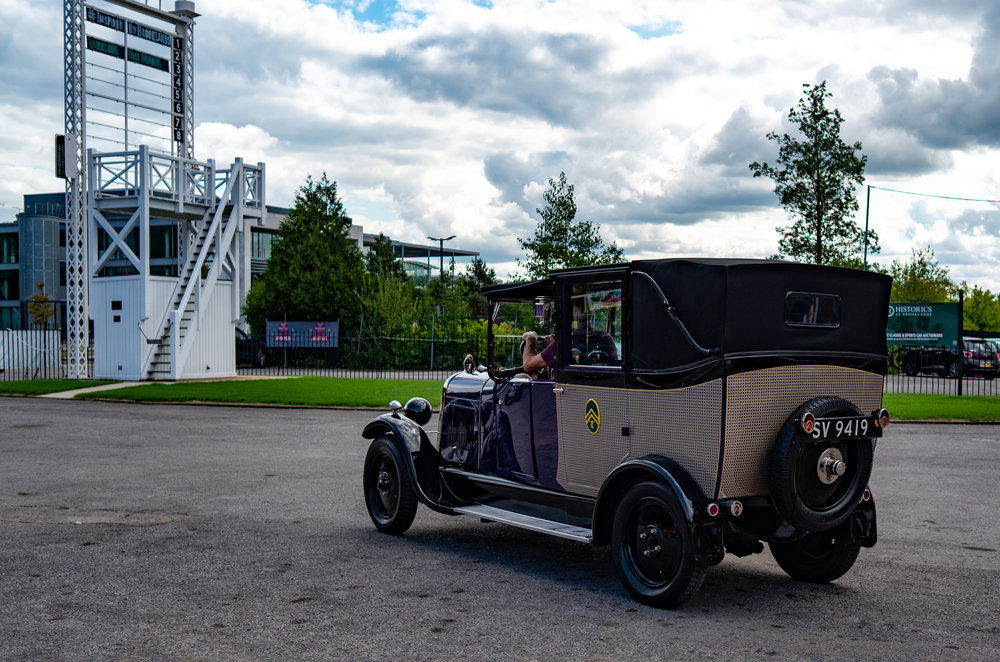
Taxi, taxi, lead me to the altar
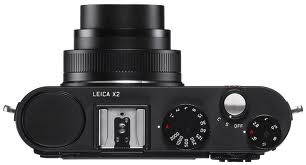
Martin de Little, among his other enterprises, operates a wedding car service using three classic Citroëns, including the B12 taxi. If you live in Surrey and plan on getting hitched, Martin is the man to call.
The Citroën B12 was one of the most luxurious taxis of its day and Martin de Little’s car is the only known example on the road in the UK. It is one of only five in the world.
…..Just like the Leica X2, it seems….
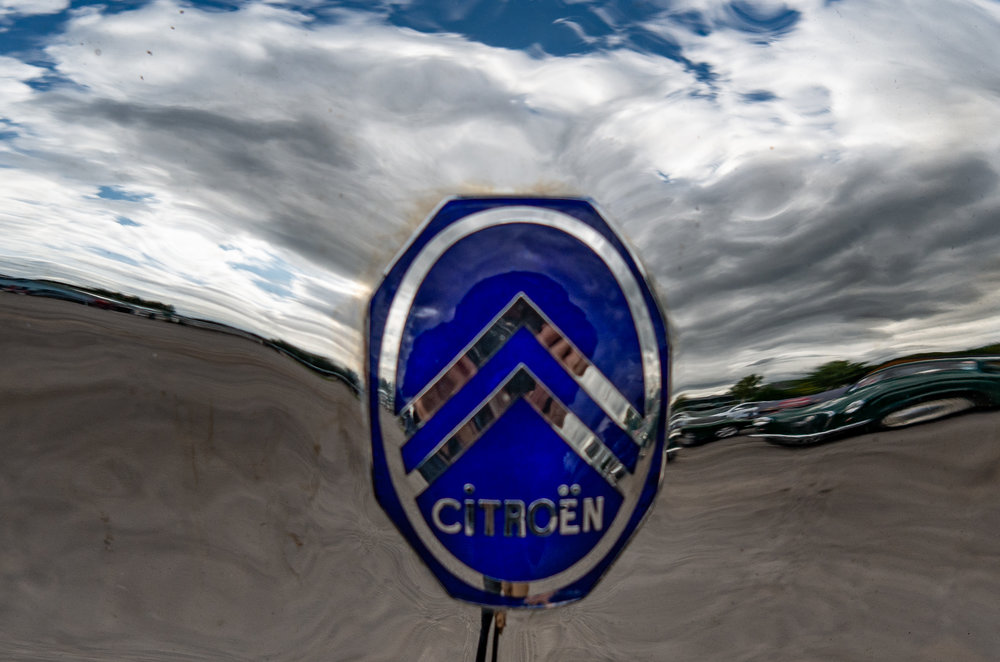
_________
- Subscribe to Macfilos for free updates on articles as they are published
- Want to comment on this article but having problems?

Jean , I’m pleased to read that my encouragement to use your X1 had such a profound effect. I really like your explanation that to your mind your X2 photos have soul. That really nails it and is exactly how I feel about the photos from my X1.
Recently another Macfilos X1 user reader contacted me on email via my blog to ask for advice on using his X1 as he was disappointed with his own photos. One of the things I told him was to really know the camera . As you have found out the more you use it the more you will love it and the more familiar you will become with it.
In a recent comment on Macfilos a regular writer says that an OVF is not very useful with an autofocus camera as you cannot see the focus point. I say nonsense. I have taken tens of thousands of photos over nine years with the X using the OVF. I almost never use the LCD screen. I use single point autofocus and I instinctively know where the focus point is because I have used the camera for so many years. I can count the number of out of focus shots I have taken on my hands.
So many camera owners rush onto the next new thing-believing it will open the Pandora’s box to great photos. So much better to stay with the camera you have so that you become totally familiar with it. Saves money too.
Dear John
I presume that I am the ‘regular writer’ to whom you refer. Any comments that I make are based on my own experience. I have successfully many kinds of cameras, some of them over a hundred years old and without any kind of focussing aid. I was trying to assist photographers who would be relying on using autofocus and where the focus point as fallen. I am sure that with experience and discipline others could achieve what you have achieved. I was also making a point here that would favour cameras with no EVF such as the X1. There is nothing inherently superior in using a VF as against using a rear screen. The rear screen replicates the way that most photographs were taken before the 1950s. Whether one wants to use a rear screen or an OVF or an EVF is down to personal taste and what suits best. I was also making the point that what suits me often very much depends on what the taking situation is like. I hope that clarifies these matters for you.
William
I think you are both right to an extent. As John says, with experience it is very easy to judge the approximate centre of the optical viewfinder screen. But common sense dictates that it works 95% of the time because most subjects are sufficiently large. When you have two very close subjects at different distances, more finesse is needed — for instance, with the EVF or screen. Perhaps just as important is focus confirmation, either by beep or light. Both the X1 and X2 have a very convenient focus confirmation light on the back of the camera, below right to the hot shoe. On the X1 you can clearly see this light in the corner of your eye when using the optical viewfinder.
Paradoxically, this light is far less easy to see when using the OVF with the X2. This is because of the kack-handed way in which Leica jury-rigged the X2 to accept an already existing EVF (the VF-2) where there wasn’t sufficient depth beneath the hot-shoe to accommodate the socket interface. The answer was to put the hot-shoe on an ugly little plastic platform. Unfortunately, this platform raises the OVF above the green light so that it is difficult to see when composing. If you are happy with an OVF, then the X1 is more ergonomically attractive. If you want an EVF then the X2 is the better (only) choice. As for screen composition, there is no doubt it is becoming more popular in the wake of the adoption of smartphones, but it is not something I enjoy. I suppose we all have our little foibles and preferences and it would be a sad world if everything were perfect for everyone.
Thanks Mike
I use whatever I have in my bag according to the situation I find myself in. The much disliked (because of its size) Leica ‘Frankenfinder’ is a joy to use with a wide-angle lens on a rangefinder, although some of my camera collector friends have pointed out that the Voigtlander multi-finder, which I also have, is much brighter than the ‘Frankenfinder’. EVFs will continue to improve and I have been promised a look at the new Nikon Z7 at my local dealer this coming Friday. It will be interesting to see just how far EVFs have come.
William
Hello
Nice shots from a wonderful camera. I’ve had a X2 I bought second hand in mint condition for £800 with the evf and the leica leather camera case for a couple of years. Yes in the comments the evf is a big wart on a classic camera but it proves so handy at time for framing your shot. I’ve used manual focus with the x2 and the evf is much better than the 230 000 dots rear screen. John Shingleton, in a former post encouraged me a few months ago to use the camera more, saying how nice a camera it was. He was right. I’ve sold all of my other gear (sony full frame with a bunch of lenses, a ricoh gxr with lenses) and my back up camera (ricoh grd 4) has been sleeping in a drawer for almost a year. The X2 may be a 5 years old camera but it gives photos that have got a soul, unlike the sony which gives you the impression that like a ghost you can walk through the photo. The sony cameras or canons may be technically better in terms of details, pixels and so on but to my eyes they have no soul and seem hollow to a certain extent. I don’t know how leica does it, but the images are so dense, full bodied and thick just like an excellent bottle of burgundy wine. And thanks again to all the bloggers at macfilos for the wonderful site you’re running.
Jean
Hi Jean, that’s a very eloquent justification for the X2, warty viewfinder an all. I love your analogy with full bodied red wine. I must remember that. And thank you for your nice comments on Macfilos. I am sure John, Wayne and all the other X aficionados will approve.
Mike,
Beautiful cars and beautiful images, BUT…from this Yank’s POV, you missed an auto-photo-op by not also focusing, so to speak, on the red and white 1957 Chevrolet Corvette just beyond the Citroen (evident in pics #2, 3). A great American classic.
Cheers!
Alan Chimacoff
Princeton, NJ
Alan, you caught me out. But I did in fact take a a few shots and I will look them out and do a link piece if they are up to standard. Thanks for knowing the age of the car. It will help with the captions.
I’ve traded in all my d-lux’s, my X-Vario, and even my Q (for a re-bought SL) but I still hold on to – and use often as a carry around the city – my X2. For all the reasons you cite it’s still a really beautiful, concise, and well designed camera and it’s files are often equal to those of my CL
Nice images and a cracking old piece of motoring memorabilia.
Interesting to see you obtaining another x2 after nearly canning the x1 a few months back.
I will look forward to seeing what comes next with it.
Your photos show why I still use my x’s except you and John S are much greater photographers than I will ever be! How about some pics of those great old steam engine trains, give you another segment of transportation history to capture!
Thanks, John. I will try to oblige at the earliest opportunity…
Well done picking up the X2 Michael.
Back to the Future, and a future classic as you suggest.
The X1, X2, XE and X113 are great cameras, and should be recognised as such for their excellent image quality. Your photos today from the X2 are testament to the quality outcomes to be achieved from the X series cameras, especially given that you shot them in under cloudy skies.
It was exactly a week ago that Brian Nichol made a comment on Macfilos that camera sensors might not have changed as much as manufacturers and their marketing departments would like us to believe. His comment strikes a chord, especially when we consider individual pixel size (not total megapixels) of the X Leicas. The X1 has a pixel size of 31um2 (sorry no superscript in this Comments section) which is actually close to the 36um2 pixel size of the Leica Q. The X2 has a pixel size of 23um2 which is significantly larger than many of the latest and greatest compacts, including the CL at 15um2. It is only when we want large prints or strong cropping that total megapixels are important. For our general photography I’d propose that pixel size is more important than total pixels.
That’s a long winded way of getting to a conclusion that although in-camera firmware and total megapixel counts might have improved, it still holds true that large individual pixels combined with a great lens will provide excellent images today. And that is why the image quality that we see from X series Leicas still rates so high, even though they they aren’t the latest and greatest – Classics always withstand the ravages of time.
Some very good points, Wayne. I agree on the pixel size issue. The X1/X2 are still capable of good results — certainly as good as is needed for publication here on Macfilos. As far as the form factor is concerned, there is still something cute and attractive about these Barnack Leica sized cameras, despite the agreed ugliness of the EVF. With a nice period OVF, though, it’s another matter. Overall, it is a camera that attracts because of its simplicity of operation and the quick overview of settings that is possible with the two top-mounted dials.
Very interested in your exchange, Wayne and Mike. I found the photos of that handsome vehicle, and the way you framed it, using your 35mm focal length really interesting, Mike – not least the juxtaposition with the low-slung red sports car (petty the rear end just got clipped). And your comments, Wayne on what makes the X-series so good motivate me to try again. John Shingleton’s work motivated me to get my second-hand X1, which I sold to a delighted buyer shortly after upgrading to a near mint X2 for a very reasonable price from a reliable dealer. I already had the VF-2 and like it for the vari-angle, but if I want to keep the camera’s aesthetics intact and don’t need to go low, I use a Gary ?? "Clear Viewer". Only thing left if i am not going to sell the X2 is: get used to that angle of view, or crop to 50mm equivalent in pp. Any comments on the best way of going about this from either of you?
John, as with the Q — with its 35mm and 50mm crop lines — it is quite feasible to shoot with 50mm in mind, especially for portraits. The 28mm Ricoh has crop lines for 35 and 50. While I’m not a great advocate of digital cropping, it can work effectively on APS-C and certainly with full frame. Some of my shots were cropped.
Michael’s comments above are quite correct, cropping X2 images to even 50mm view is just fine so long as you don’t need to print them huge size. And for large prints above A3 you’d likely use a camera with more megapixels anyway, but how often do we really take our images above A3 nowadays.
Having come from my own bias of 50mm primes from way back in film days, the 35mm viewpoint is an acquired taste, I agree. But it does provide latitude for some cropping as Mike suggests, and that cropping in the computer "darkroom" presents an opportunity to experiment and get the frame just right (maybe more so that when out there on location with the camera where you’re thinking about other things such as subject, perspective, light, shadows, etc. as well as framing correctly).
And, separately, don’t forget the Voigtlander 35mm metal OVF. It’s much smaller than the EVF, looks wonderfully retro on an X series camera, and if you trust the X2 on all-auto settings then the viewfinder can be used solely for composition, with no need for any distracting electronic info when holding the camera up to the eye.
That’s one of the statistics I looked at when my recent acquisition of the Nikon Df which turns out at 53um2.
I’ve still kept my X 113 though, as I just love its unique images, and at 35mm equivalent lens size it compliments the nifty fifty I have on the Df
Having already established that the X2 is a fine shooter, I reckon that there are other reasons to use a particular camera, quality of the snaps (see above) clearly being very important. I bought a new Leica XE back in the day, this was a new name and suit for the X2, so essentially the same camera.
I first tried it with a passive Leica 35mm viewfinder and then I acquired an Olympus VF2, the ability to look down into this and hold the camera lower, is for some inexplicable reason very comfortable. On the whole though this was the killer for me, this great wart stuck to the top, along with badly finished plastic mouldings that gave it a cheap feel. I sold it quite quickly and moved on.
Around six months ago, I was in raptures over a pristine X1, with more accessories than the proverbial stick would be happy with, including the Leica passive 36mm finder. I have been using this quite a lot and in use, I prefer it to the XE… the little step that holds the electronics presumably makes the XE more awkward somehow.
In the end though, that inny-outy lens really annoys me, every time I switch it on.
I am just about to place it on the Bay.
Don’t disagree with any of this, Stephen. I’ve had the X2 twice and I don’t really like the VF-2 perched on top — the reasons you state. Nor am I a great fan of push-pull lenses. But overall, the X1 and X2 are strangely compelling and I felt I needed one in my collection — Classic Leica digitals.
You are right, I felt compelled to get my debit card out when I saw my current one.
I have now placed this on Ebay, I want to move on before I can be accused of having a collection.
How many cameras make a collection, and how many are absolutely vital for the equilibrium?
Where do I begin, Stephen. You don’t really have a collection until you start buying cameras that you don’t really need. You are very disciplined with your ‘sell one, buy one’ approach. I don’t think that you are in any danger, just yet. I am beyond saving at this stage.
These are lovely photos, Mike. In this case, the car is the star, and that is a lovely example of a Citroen B12 taxi. On the Leica Forum, we have a little game called ‘Name This Car’ where we upload pictures of parts of vintage and classic cars and ask others to guess what car is represented by the part picture. The ‘winner’ then has to upload another one and so it goes on. The thread has been going since 2010 and it has had 11,251 replies and 373,233 views. I occasionally dip in with photos of some suitably obscure model when I can guess what the ‘current car’ is. Some of the guys on the forum are real experts on obscure cars. In your photos I see a very nice red and cream Chevy Corvette beside the Citroen and a lovely green Porsche 911 in the background. I now instinctively start guessing about bits of cars when I see them.
On the issue of viewfinder v no viewfinder, I am increasingly inclined to go with the latter nowadays. I used to be a confirmed viewfinder person, but in recent years I find that I often use the rear screen on cameras which have a viewfinder when it it is more comfortable to do so. The accessory viewfinders provided by Leica have all been pretty awful. Of course, over 95% of the photos taken on this planet every day are taken without the use of a viewfinder, so obviously photographers find this a quite natural thing to do,
William
As you know, I have both X1 and X2 but I still don’t much like composing from the screen, invariably favouring a viewfinder. The X1 is the prettier camera, especially with a nice Voigtländer viewfinder. However, while the EVF of the X2 is pretty ugly (made worse by the hump under the hot-shoe which makes it even taller) it does do an effective job and, for me, it makes the X2 more usable. Horses for courses, course. Incidentally, I did take some shots of the Corvette but decided to keep the article focused on the taxi.
Thanks Mike. I have no problems with EVFs per se, it just that the Leica accessory ones are not very good in my experience, particularly the one for the M10 which starts rotating upwards of its own volition. I’ve had to put Blu Tack on it to prevent this. I did try the Voigtlander 35mm finder on the X1, but it does not show you where the focus point/s has/have landed, which is a pretty essential feature for autofocus operation. When I was in Russia earlier this year, I watched thousands of tourists getting great photos by manipulating their smart phones in various creative ways. I prefer to focus and frame through a viewfinder, but I find that even using my M10, I occasionally use the rear screen with pre-focus, in order to frame a shot, such as last week on a bouncing boat returning from a lighthouse on an island off the South Coast of Ireland. There was no way that I could frame the shots I wanted with the camera hitting against my face. I also do this with Fuji autofocus cameras when it is more comfortable to use the back screen. I am holding on to my X1, but I must confess that I rarely use it.
Rear screen is now by far the most common way of focusing/framing. There is nothing new with the act of holding a camera away from our faces when taking a photograph. This was commonplace when amateur photographers used box cameras, folders and TLRS. When the Pope was here at the weekend he was faced by a sea of smartphones held aloft recording the event in both video and stills and he even allowed a 12 year old girl to take a selfie of herself with him. There is something communal about a group of people videoing a parade and turning in unison like a pod of dolphins as the object of their interest passes by. The only ‘actual’ cameras to be seen at the weekend’s events were large Canon and Nikon DSLRs being used by professionals and more than once I saw them using rear screens to capture close up ‘action’.
William